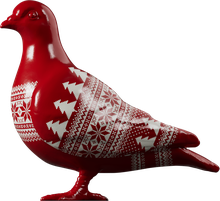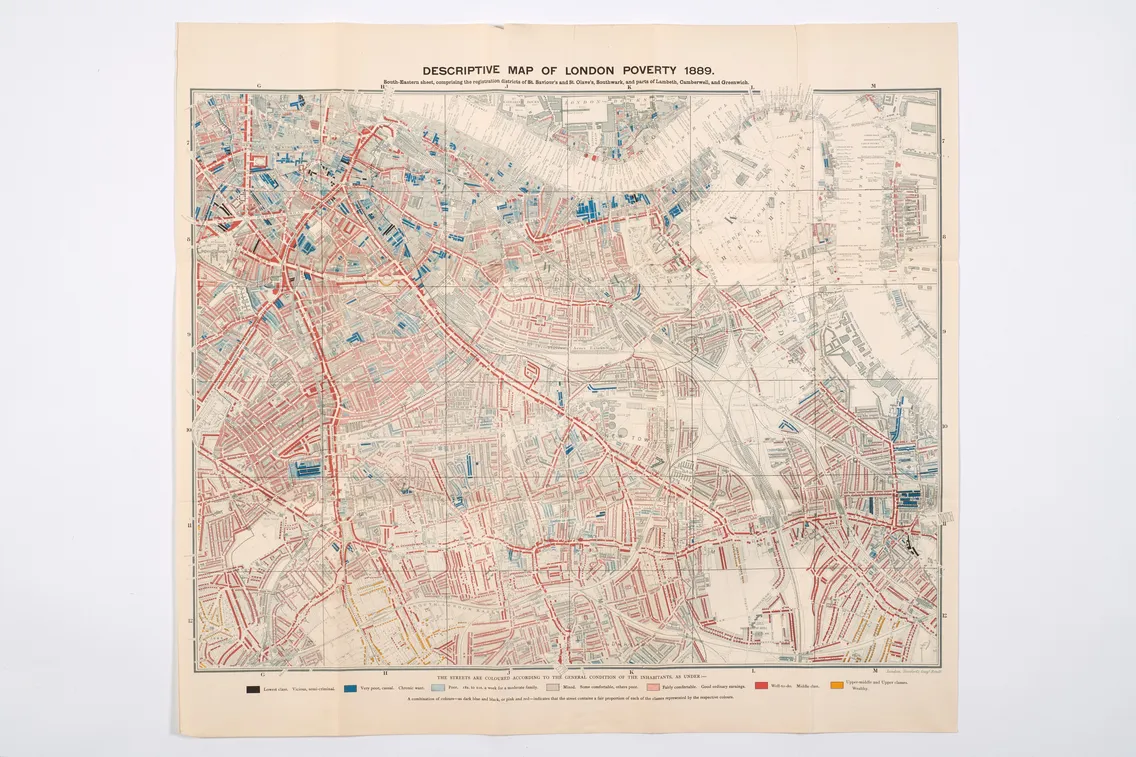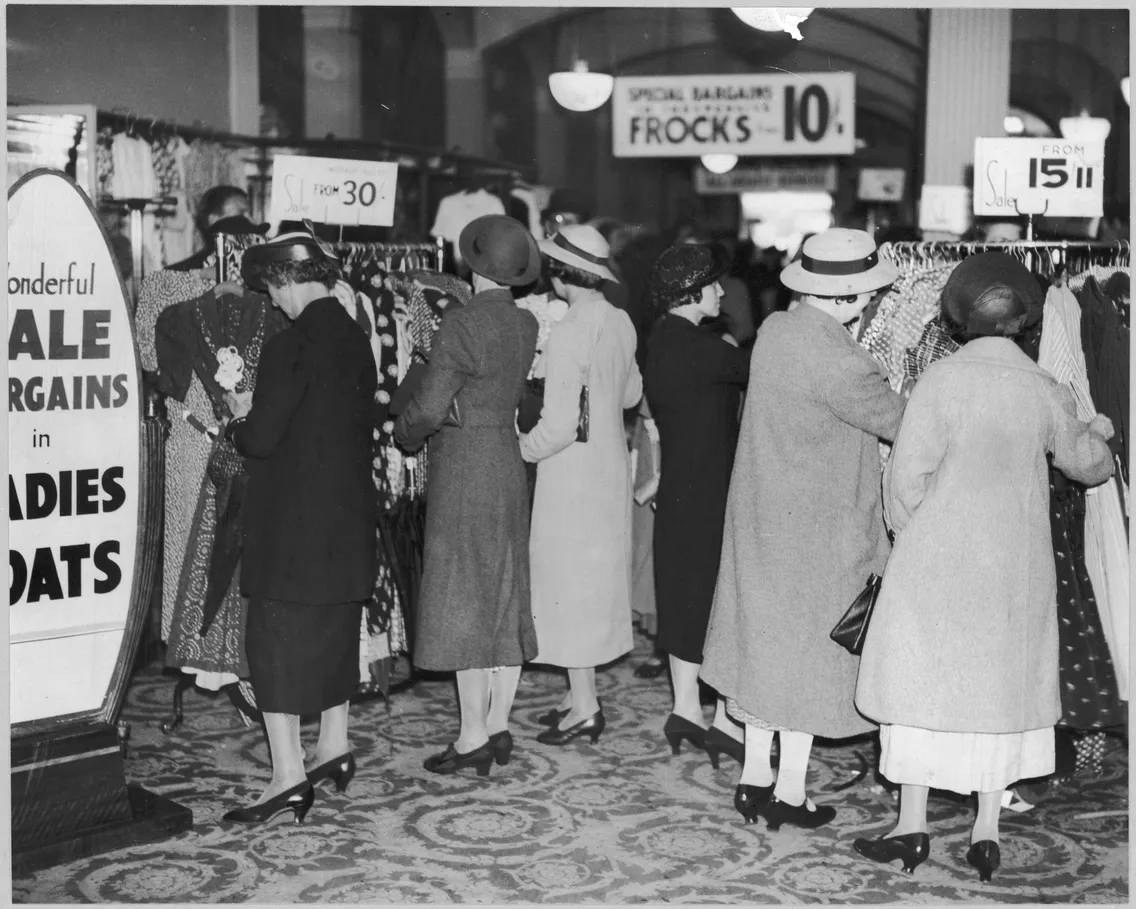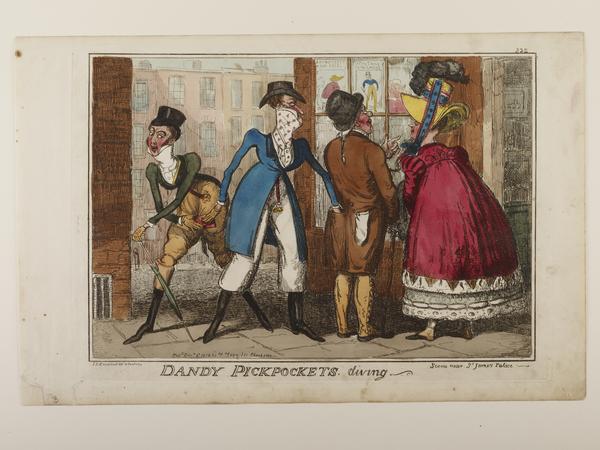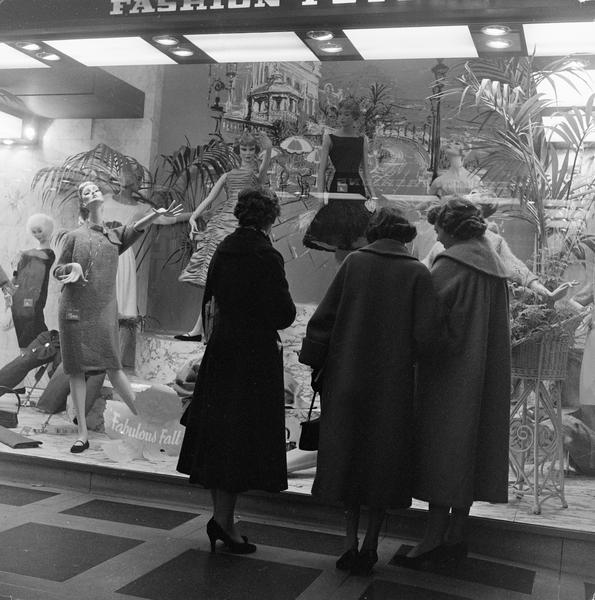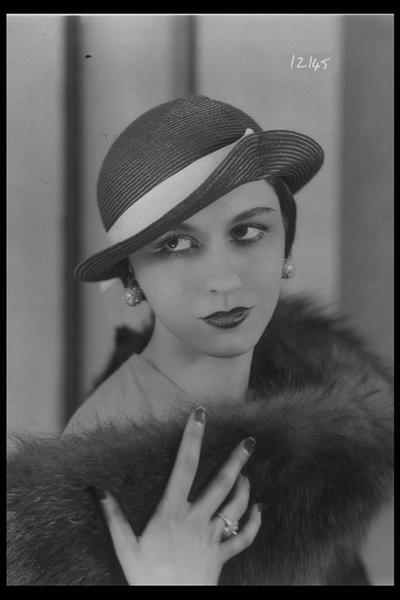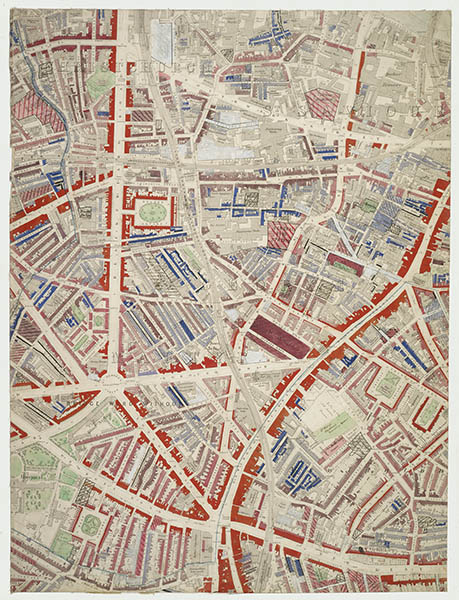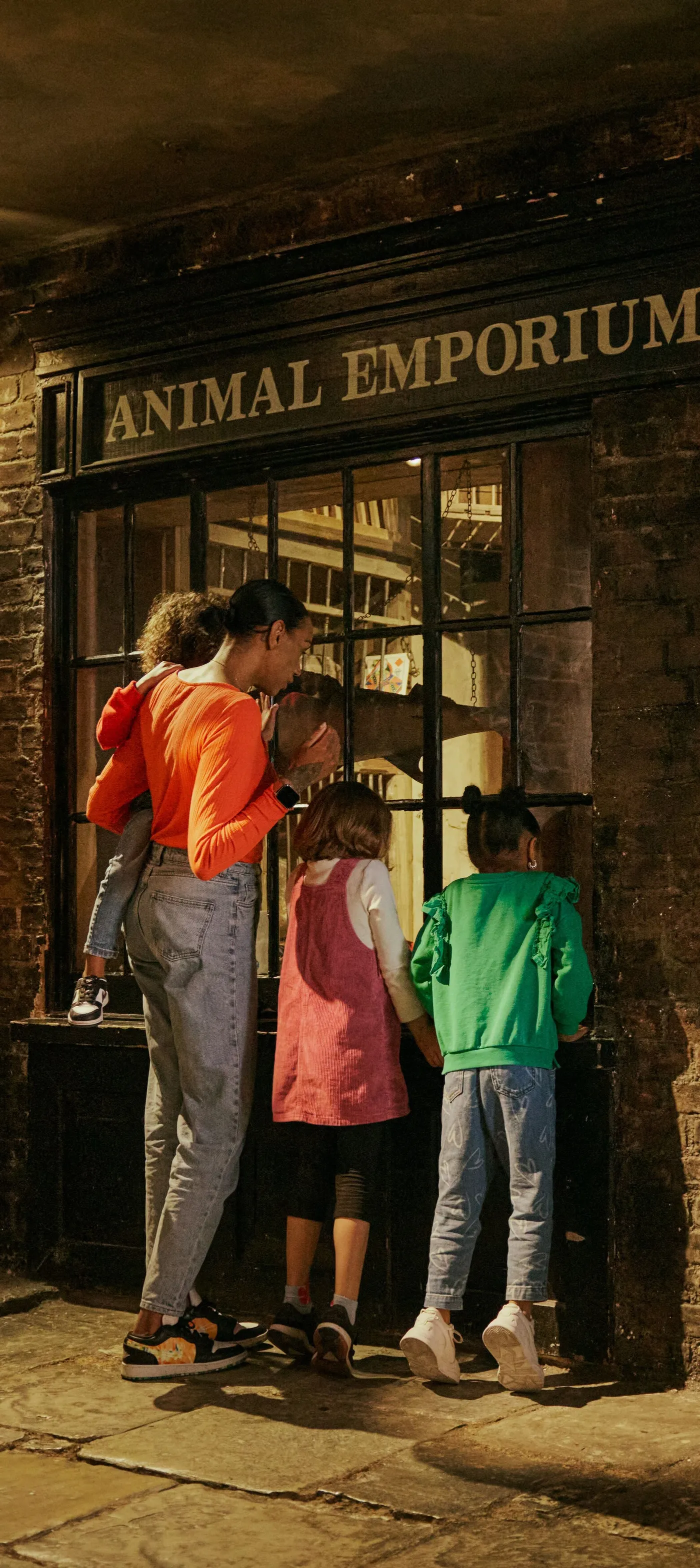The Forty Elephants: South London’s supreme shoplifters
From the late 1800s, an all-women gang of shoplifters from south London targeted West End department stores, becoming well known and widely feared. They spent their shady earnings on glamorous outfits and partying.
Elephant & Castle, Lambeth
1870s–1950s
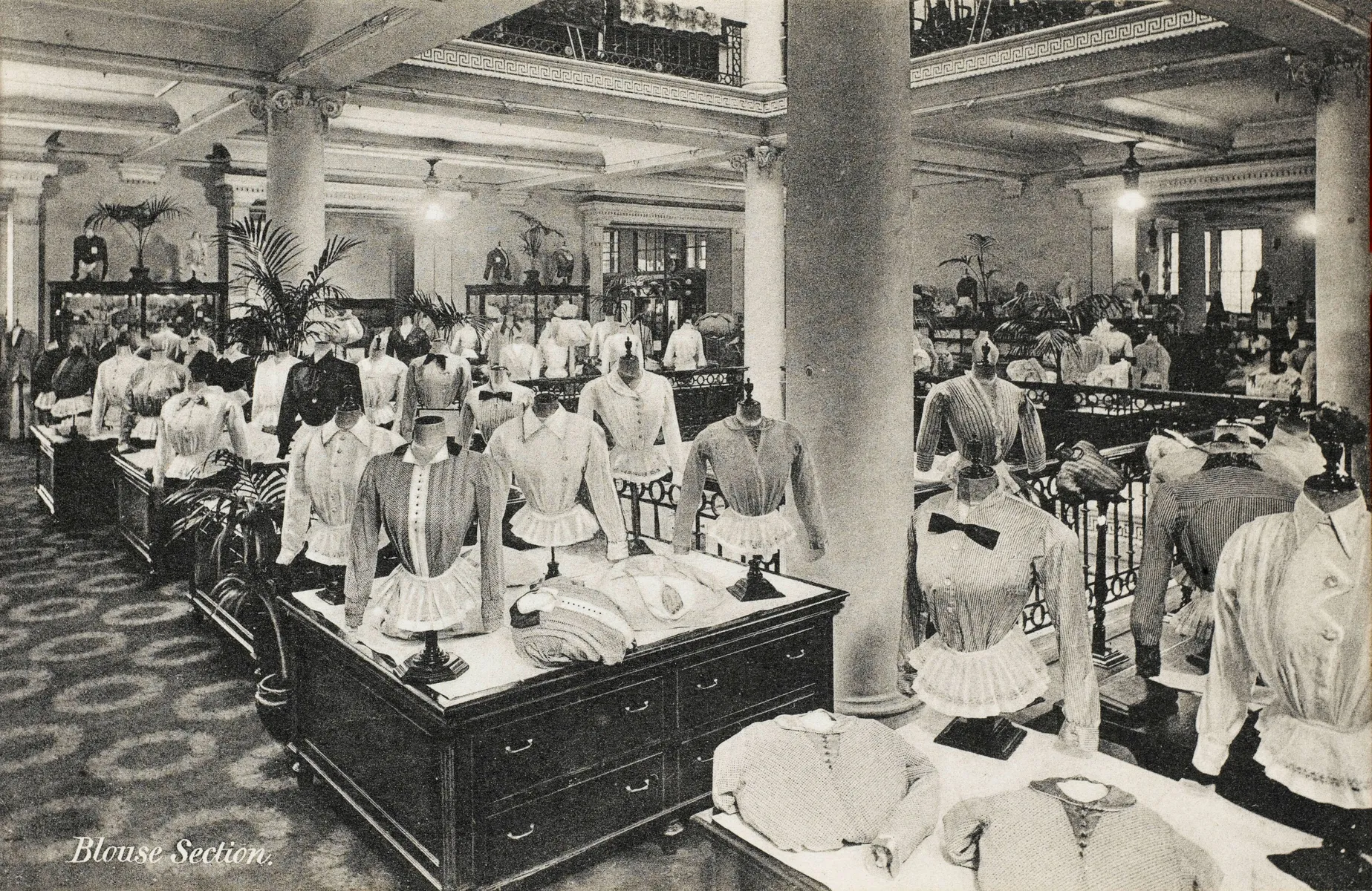
The blouse section at Selfridges in 1909.
Stealing to live, and stealing to live well
As long as there have been shops, there’ve been shoplifters. But the Forty Elephants were on another level.
This all-women working-class gang ran a huge, slickly organised shoplifting operation from south London. Active mostly between the 1870s and 1950s, they’d dress like film stars in furs and expensive jewellery then steal items from department stores to sell for a profit. The crew mostly targeted London’s West End, but they cast their net further afield when they felt the police hot on their tails.
The Forty Elephants lived hard and fast. For this gang of expert ‘hoisters’, as they were known in the criminal underworld, life was a revolving door of heists, prison sentences and lavish spending. Stealing was a route out of poverty, an identity, or something that just ran in the family.
In 2025, the stories of the Forty Elephants gained new attention, having inspired characters in the Disney series A Thousand Blows.
Where were the Forty Elephants from?
The Forties were mostly based in Elephant and Castle in Lambeth, which could explain why the gang was given their name. Many of them were the partners or relatives of the Elephant and Castle Gang, a long-running male criminal organisation who operated out of the old Elephant and Castle Tavern.
In the late 1800s, this pocket of south London was known as a poor, working class neighbourhood. An 1899 survey by social reformer Charles Booth highlighted the many clusters of slum housing around the Elephant and Castle Tavern. He classed these inhabitants as “the lowest class” or “vicious, semi-criminal”.
Families lived together in cramped, decaying terraced houses with poor sanitation. Rents were high. Employment was low. Some looked to criminal activity as a way out of the living conditions they were born into.
Who was part of the Forties?
It’s difficult to pin down exactly who was a member of the gang. Many of them worked under a number of different names. But at least 70 women were a part of the Forties across generations. They were aunts, cousins, mums or sisters – it was a family affair, a way of life passed down through the generations.
Being part of the Forty Elephants was part of their identity. They took pride in the skill and teamwork required of their work.
Who were the queens?
The crew was led by a succession of ‘queens’. These queens weren’t elected leaders. It wasn’t an inherited title. It just fell naturally to the most trustworthy leader that others wanted to follow.
“the cleverest shoplifters in the country”
Police detective, 1920
The most famous queen was Alice Diamond, who was crowned in her early 20s. Born in the Lambeth Workhouse Infirmary in 1896, Diamond grew up in poverty with precarious housing and started stealing as a teen. She was strong, smart, skilful – and didn’t shy away from a fight.
Diamond and fellow hoister Maggie Hughes caused havoc during the 1920s and 1930s. One police detective in 1920 called the pair “the cleverest shoplifters in the country, and their associates regarded them as the most expert thieves in the world”.
They could also use violence to defend themselves and were feared by their communities. Hughes once stabbed a police person in the eye with a hatpin and blinded him.
What shops did the Forty Elephants target?
The Forty Elephants divided themselves into cells. Each cell was allocated a patch of the city where they’d operate before the police clocked onto their movements. The target: West End stores.
Shopping had transformed into a middle-class form of leisure in the late 1800s. By the early 1900s, London had over 100 department stores. As these stores were seen as respectable spaces for women of all social classes, the Forties could blend in better than male criminals. Shop stock had also begun to be more visibly displayed on tables and hangers, so it was easier than ever to steal.
“Dressed to kill, those girls would descend on a West End store like a swarm of locusts”
Police detective
How did they steal goods?
The Forties would dress up in expensive, fashionable clothing and pretend to be on a leisurely day out. “Dressed to kill, those girls would descend on a West End store like a swarm of locusts,” one police detective recalled.
Some of the gang would distract shop assistants while the other ones stole. In one case, a Forty caused a scene by stuffing a cushion under her skirt, pretending to be pregnant, and then collapsing on the shop floor. They also wore specially made garments that could store snatched goods, such as underskirts with pockets or belts with hooks.
Police and shop detectives struggled to keep up with the scale and organisation of the Forties’ crime In December 1927, two days before Christmas, the gang carried out a huge shoplifting heist that swept through the city – from Gamages in Holborn, through Oxford Street stores like Selfridges, out to Whiteleys in Paddington.
How did they make money?
The gang were known for their extravagant style, but you wouldn’t catch them wearing most of the items they’d nicked. Instead, they’d flog them to their network of specialist ‘fencers’, people who buy stolen goods to sell at a profit. The Forties would get money on a commission basis.
They spent their money on high fashion and fun. In the late 1800s and early 1900s, the clan gathered in London entertainment venues like music halls. After the First World War ended in 1918, you could find them among the elite of Soho’s blossoming nightclub scene at venues like the Golden Calf or 43 Club.
The Forties’ last queen, Shirley Pitts, learned the ropes from Diamond. She later remembered: “By going out with the Forty Thieves, I saw a different way of life. I had visited the West End before, of course, but I had never been to Harrods or the posh hotels they took me to.”
Would they get caught?
Despite their skill in evading the authorities, the Forty Elephants would still get caught. But the time they spent at court or in prison was seemingly a risk worth taking.
Many Forties, including ringleaders like Diamond and Hughes, were imprisoned at Holloway in Islington. Holloway had been converted from a mixed prison to a women’s prison in 1903. In the early 1900s, shoplifters would have served sentences here at the same time as many Suffragettes, imprisoned in their fight for women’s vote.
Further reading: Alice Diamond and the Forty Elephants by Brian McDonald

